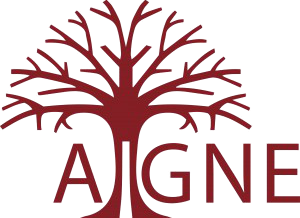The Gap and the Craft: Martin McDonagh’s A Skull in Connemara on the Galician Stage
DOI:
https://doi.org/10.33178/aigne.vol4.4Keywords:
McDonagh, Ireland, GaliciaAbstract
Irish dramatic works have a history of becoming successful exports. A significant number of plays emanating from Ireland have been incorporated to the Galician theatrical system since the early 20th century. To a great extent, the origin of this interest can be attributed to the poeticised connection between Ireland and Galicia established in the Rexurdimento and its later utilisation by the nationalist movement. Even though this continues to affect the reception of Irish cultural products, other factors must be considered when scrutinising more recent incorporations. The fact that Martin McDonagh’s “Leenane Trilogy” has been marketed in Galicia as unambiguously Irish responds not only to the array of characteristics that conform the international perception of Irishness but also to a distillation informed by the minorised status of Galician culture and internal debate on the issue of national identity. This article will analyse the incorporation of Martin McDonagh’s A skull in Connemara to the Galician theatre system in 2010 through both textual and extratextual sources, with particular attention to the ways in which specific elements of the translation and adaptation processes contribute to a representation of Irishness that fits in with the expectations of Galician audiences.Downloads
Published
2018-11-26
Issue
Section
Articles
License
For our full Copyright Notice see our Author Guidelines.
How to Cite
Serra Porteiro, E. (2018). The Gap and the Craft: Martin McDonagh’s A Skull in Connemara on the Galician Stage. Aigne Journal, 4(2). https://doi.org/10.33178/aigne.vol4.4


